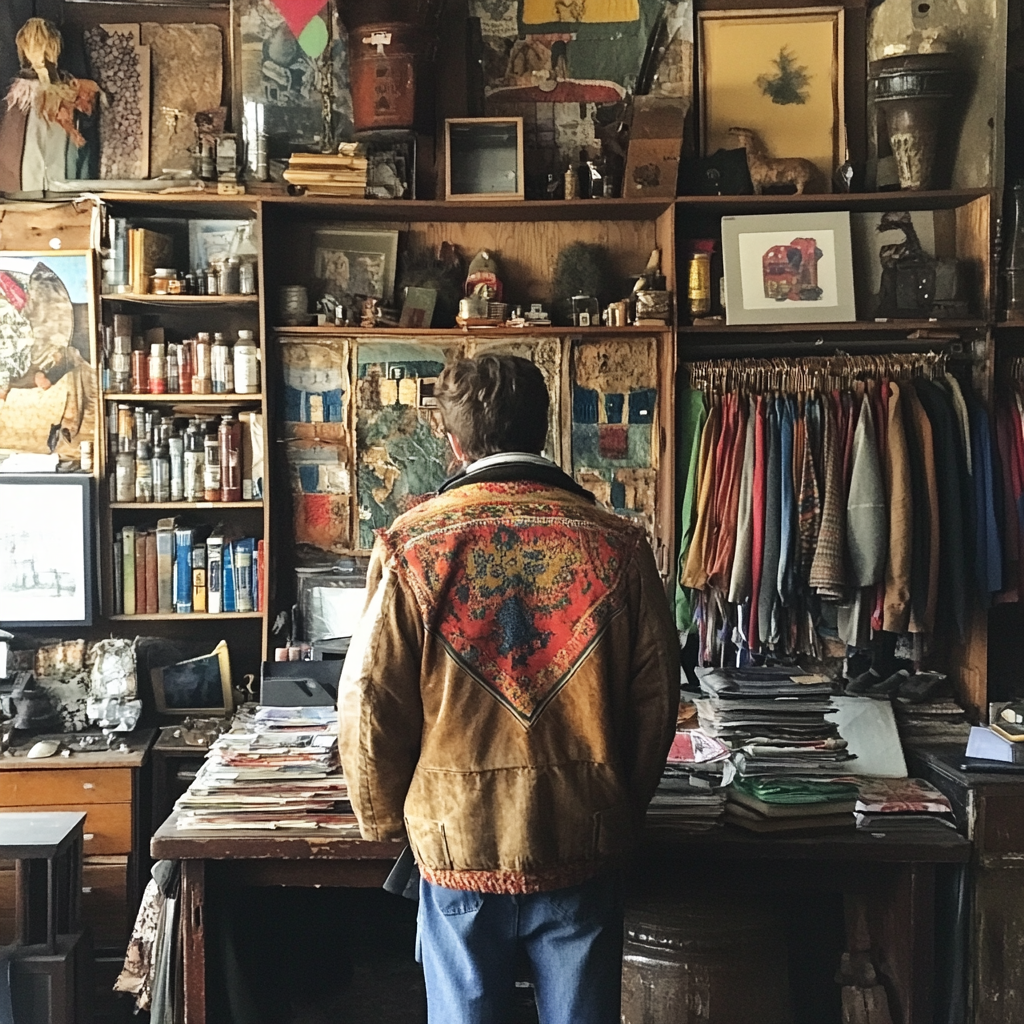Recently, the headlines have been crowded with talk of new technologies, disruptive business models, and global shifts in how we work and learn.
But today’s educator communities know that more is at stake than the next AI upgrade or wearable trend. We sense a deeper transformation underway—an evolution that calls on schools, universities, and learning environments everywhere to adapt and reimagine what it means to prepare the next generation. To date we have collectively failed.
Much like our Linkedin communities brainstorming solutions for our complex problems, our collective challenge is to understand not only what’s changing, but how we can harness those changes to foster creative, resilient, and ethically grounded learners.
Below, we introduce five emerging phenomena shaping tomorrow’s world. Think of them as a new vocabulary for educators, a set of concepts as useful in the teacher’s lounge as in the boardroom.
Each invites us to recalibrate our classrooms, learning methods, and curricula so that we can equip students to thrive amid ongoing change—precisely the kind of innovation championed by the likes of the Stanford d.school and IDEO’s human-centered design approach.
- Perceptive Integration We are entering an era where environments “listen” and “respond.” Smart sensors, machine learning, and predictive analytics mean that once-static objects—kitchen counters, library shelves, and even school hallways—can adapt and support human activity. On a practical level, imagine automated attendance tracking that reduces clerical work or digital whiteboards that tailor lessons to a student’s reading level. Yet educators must also help students grapple with the ethical dimensions of intelligent objects and decision-making algorithms. How do we ensure that the AI recommending reading resources respects each learner’s privacy and cultural context? Teachers who guide students in understanding both the benefits and boundaries of these new intelligences will help shape a generation capable of navigating complex, tech-rich landscapes with discernment and empathy.
- On-Demand Exchanges The concept of “owning” is evolving. In our daily lives, we tap into a world of on-demand services—streaming media instead of buying CDs, renting a bike with a swipe instead of owning one, borrowing digital textbooks rather than building shelves of physical ones. For the classroom, on-demand models offer rich possibilities: real-time tutoring support, rotating digital collections of the latest research articles, and pop-up maker spaces that come and go with each project. Still, this fluidity isn’t without its challenges. If your students can access countless resources online, how do we teach them to evaluate credibility and authenticity? How do we nurture a sense of responsibility and community when “my” tools or “my” books become “ours,” readily shareable and ever in flux? Educators who lean into these questions can help students become resourceful navigators of a new economy of access—one that values stewardship, collaboration, and trust over mere ownership.
- Collaborative Reinvention The days of the lone genius are fading into an era of collective creativity. Students and professionals alike remix ideas from a global pool of open-source code, cultural artifacts, and shared knowledge. Classrooms can become creative workshops where students build on each other’s concepts and refine their thinking through iterative feedback. Imagine a history project where students draw on a crowd-sourced database to reconstruct a historical event, adding their insights to a living tapestry of shared understanding. But as collaboration accelerates innovation, it also raises the thorny question of intellectual property. How do we credit original work, encourage ethical remixing, and celebrate the line between homage and plagiarism? Teachers who engage students in these dialogues cultivate an appreciation for creativity not as a zero-sum game, but as a collective enterprise enriched by integrity and recognition.
- Immersive Convergence The notion of a classroom tied to brick-and-mortar space is unraveling. With tools like augmented reality (AR) and virtual reality (VR), we can invite students to explore the structure of a cell from the inside, stand “in” the ruins of Pompeii, or engage in a collaborative physics lab with peers on another continent—all before the lunch bell rings. But the promise of these new portals demands careful navigation. How do we ensure that immersing ourselves in interactive worlds doesn’t erode our understanding of real-world stakes and consequences? How do we keep students grounded in their local communities, cultural identities, and well-being while offering them digital adventures that transcend geography? Educators who thoughtfully integrate these immersive tools can help students become world citizens at once local and global, anchored and open.
- Comprehensive Quantification We’ve entered an age of measure-all, where steps, sleep, spending, and sentiment can be tracked and charted. In education, data dashboards can show progress at a glance, helping teachers personalize learning pathways. But beware the flattening effect: If we reduce learners to test scores and metrics, we risk ignoring the messy, human story behind the numbers. True educational value emerges when teachers use quantification as a starting point for conversation, not a final verdict. It’s about equipping students to interpret data meaningfully and ethically. By teaching critical numeracy—how to question data, contextualize findings, and challenge assumptions—we help learners harness metrics as a tool for insight rather than an instrument of conformity.
A Collective Redesign Taken together, these five forces—Perceptive Integration, On-Demand Exchanges, Collaborative Reinvention, Immersive Convergence, and Comprehensive Quantification—offer a glimpse into the future’s complexity and possibility. These aren’t just changes happening “out there” in business or technology. They’re calling cards for educators, reminders that the learning environment must be designed as thoughtfully and ambitiously as the next big product or app.
At their core, these shifts invite teachers to step into a role akin to that of a designer: empathetic, iterative, and open-minded. The challenge is to re-envision classrooms where tomorrow’s creators, thinkers, and citizens learn to thrive in an era that blends technology and tradition, global reach and local relevance, data and intuition.
There is no one-size-fits-all blueprint. But if we embrace the journey—experimenting, reflecting, and refining our methods—we can ensure that what’s next in education isn’t merely an adaptation to technology’s march forward, but a conscious, human-centered redesign of how we learn and grow, together.



